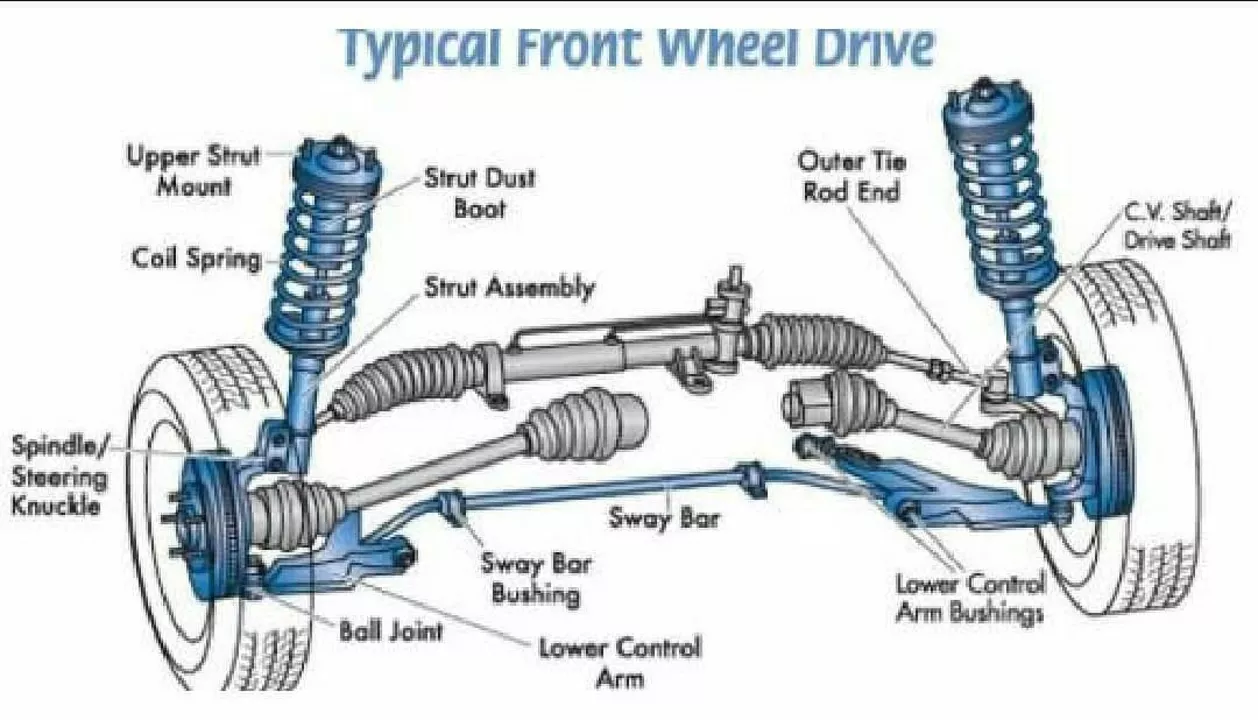Lower Car: Simple Guide to Dropping Your Ride for Better Handling
Thinking about giving your car a more aggressive look? Lowering a car isn’t just about style – it can sharpen handling and make the ride feel more connected to the road. The good news is you don’t need a garage full of tools or a degree in engineering. Follow these straightforward steps and you’ll have a lower, tighter car without breaking the bank.
Why Lower a Car?
When you drop a car, the center of gravity moves closer to the ground. That means less body roll in corners, quicker turn‑in, and a more planted feel at speed. Many owners also love the visual impact – the car sits closer to the pavement, giving it a sleek, purposeful stance. However, there are trade‑offs. A lower ride can make the cabin a bit harsher and may affect clearance over speed bumps. Knowing these pros and cons helps you decide how much drop is right for you.
How to Lower Safely
There are three popular ways to lower a car: lowering springs, coil‑over kits, and adjustable drop blocks. Here’s a quick rundown of each method.
1. Lowering Springs – The cheapest option. These replace the factory springs with shorter ones, typically dropping the ride by 0.5‑1.5 inches. Installation is simple: lift the car, remove the wheels, swap the springs, and bolt everything back. After the swap, you’ll need a wheel alignment because the suspension geometry changes.
2. Coil‑Over Kits – Offer more flexibility. Coil‑overs combine a shock absorber and spring into one unit that can be adjusted for ride height and damping. They let you fine‑tune the drop, usually from 1 to 3 inches, and make it easy to raise the car back if needed. Installation is a bit more involved but still doable with basic hand tools.
3. Adjustable Drop Blocks – Ideal for those who want a reversible solution. Drop blocks sit between the spring and the chassis, lifting the spring’s mounting point. You can add or remove blocks to achieve the desired height, and the stock springs stay untouched.
Whichever method you pick, follow these safety tips:
- Always support the car with jack stands before working under it.
- Check that the new ride height doesn’t cause the wheels to scrub or the tires to hit the fenders.
- Get a professional alignment after lowering – it protects the tires and keeps handling predictable.
- Make sure your local laws allow the new height. Some regions have minimum clearance requirements.
After the work is done, take the car for a short test drive. Listen for unusual noises, feel for the ride quality, and notice any changes in steering effort. If anything feels off, re‑check the installation or seek a mechanic’s opinion.
Lowering a car can be a rewarding DIY project, but it’s important to respect the engineering behind the suspension. A well‑executed drop improves both looks and performance without sacrificing safety. So grab those springs, plan your height, and enjoy a tighter, more exciting drive.
Is it bad to cut springs to a lower car?
As a car enthusiast, I've been asked many times - is it bad to cut springs to lower a car? To sum it up, yes, it can be harmful to your vehicle. Cutting springs can lead to a harsher ride, compromised handling, and increased tire wear. Furthermore, it may cause safety issues and decrease the overall lifespan of your car's suspension components. So, if you're considering lowering your car, I highly recommend looking into professional lowering kits or coilovers for a safer and more reliable solution.
